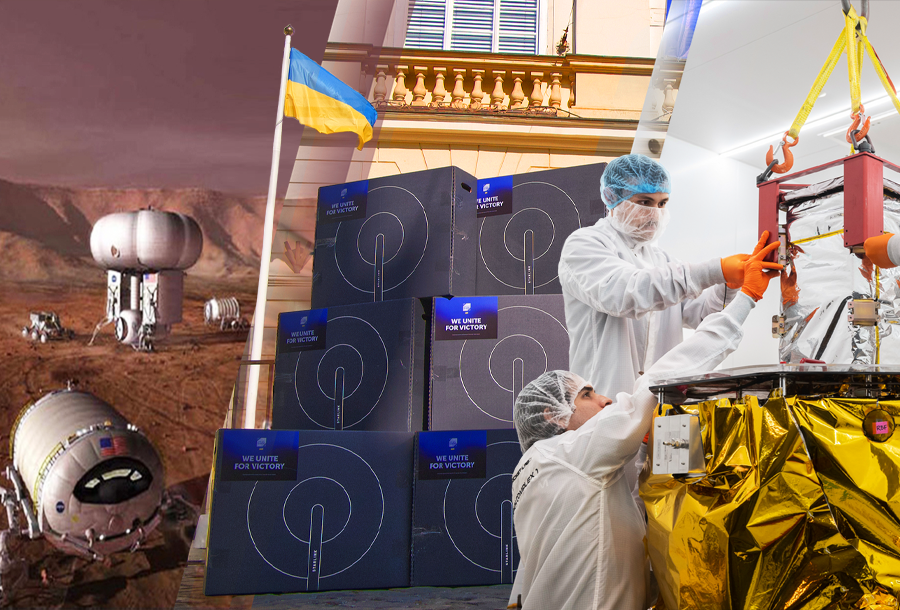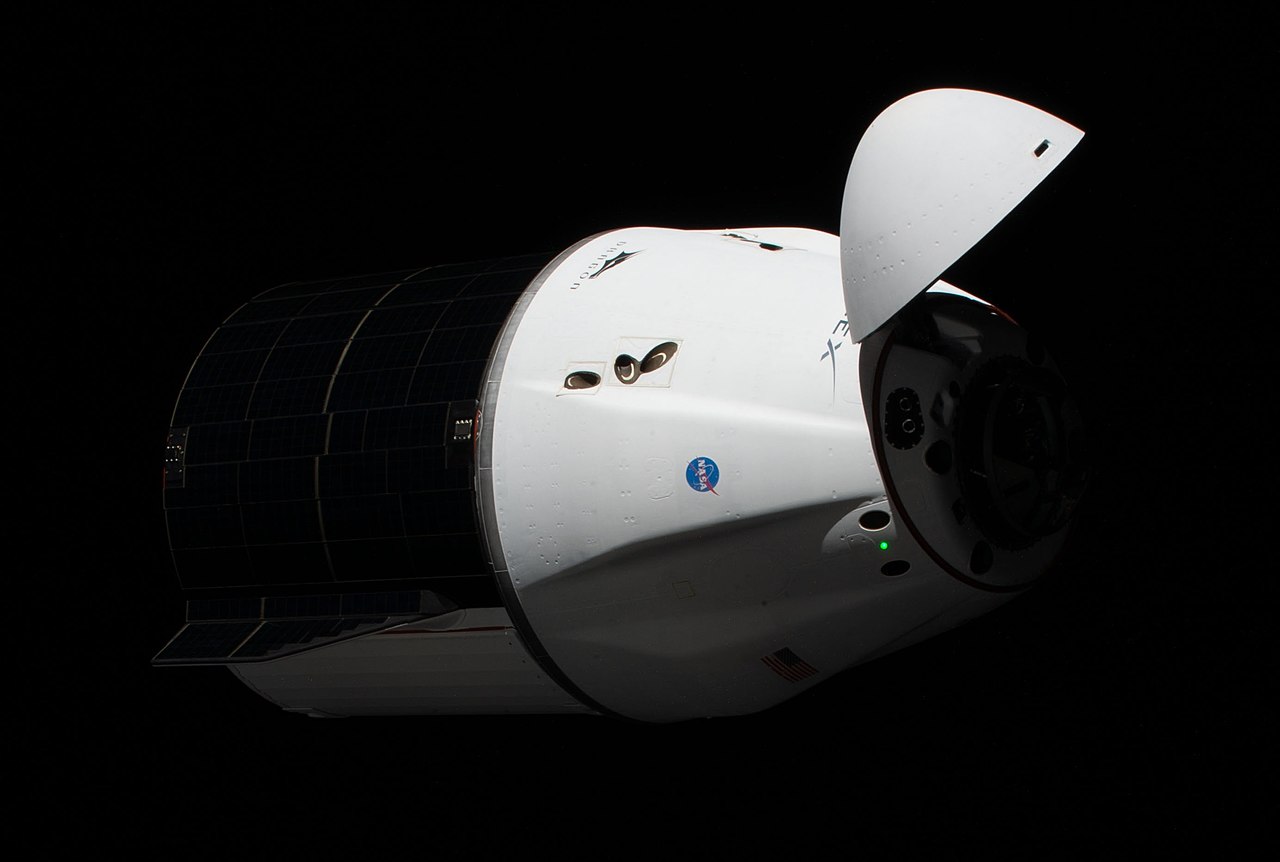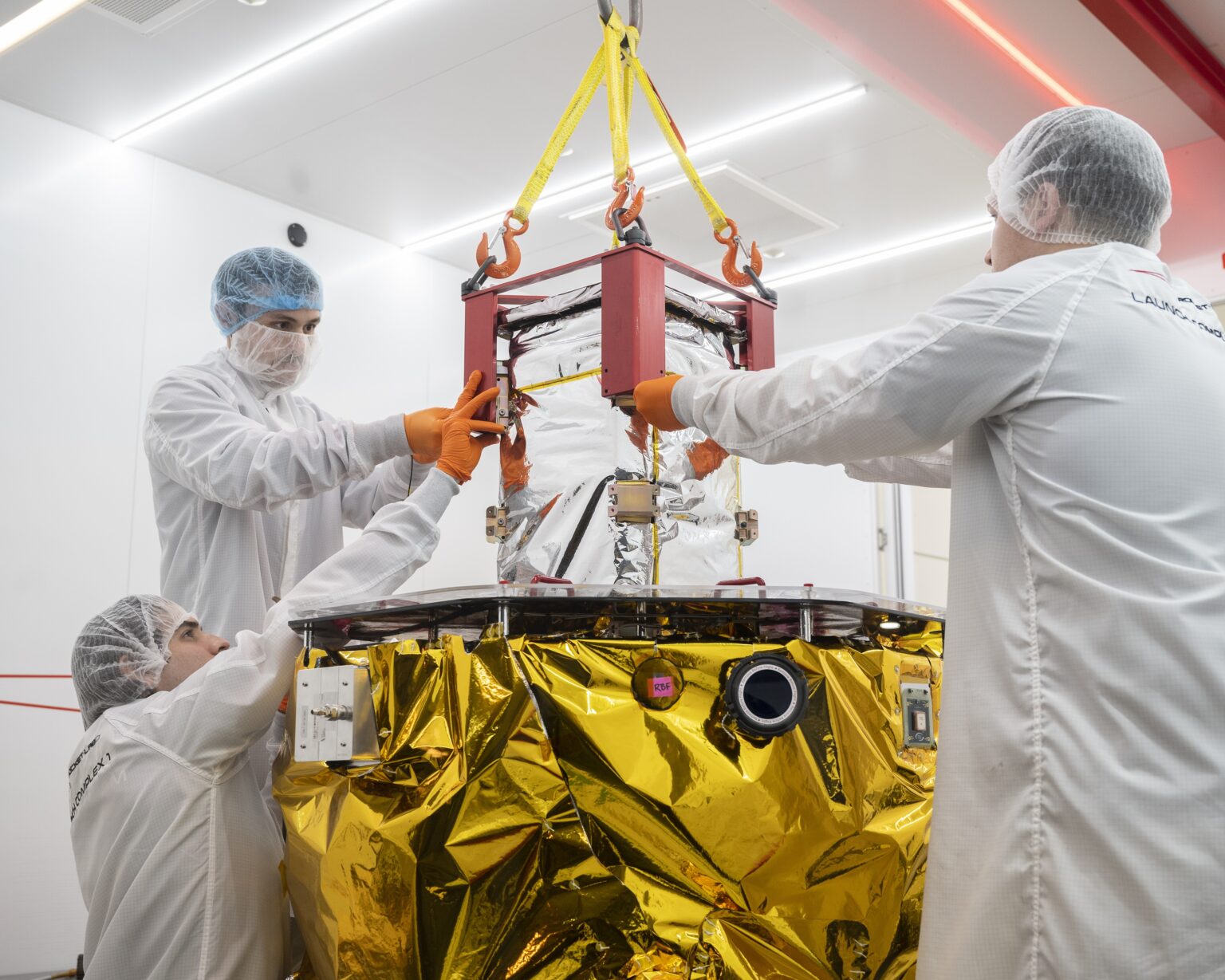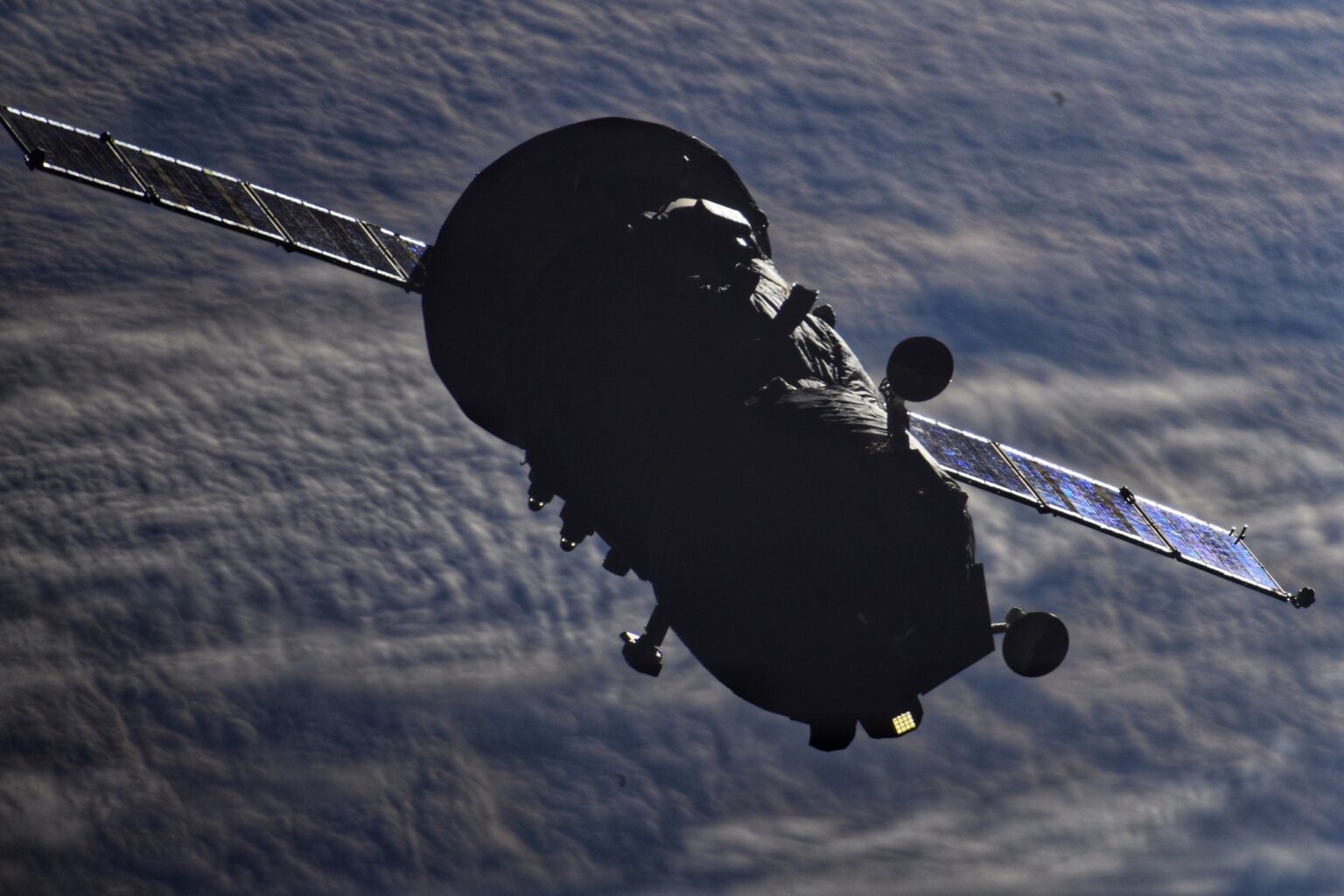Selection of the most interesting space news for breakfast: The launch of Cargo Dragon was postponed due to a possible fuel leak, Starlink received a work permit in France, and scientists have identified the best material to protect against radiation on Mars.

Cargo Dragon launch postponed due to possible fuel leak
NASA and SpaceX have decided to postpone the launch of the Cargo Dragon (CR-25) supply spacecraft scheduled for June 10. The reason was the detection of hydrazine vapors in an isolated area of the Draco propulsion system. After that, the fuel and oxidizer were unloaded for further inspections and tests. As soon as experts identify the source of the increased readings and the reason for their appearance, the NASA and SpaceX teams will agree on a new launch date for the spacecraft.

Ukraine received 15 thousand Starlink terminals
Elon Musk said that since the beginning of the large-scale Russian invasion of Ukraine, 15,000 Starlink terminals have been delivered. Some of them were delivered at the expense of SpaceX, some were funded by sponsors, in particular, the US government.
Market News
CAPSTONE lunar cubesat is installed on the Photon Lunar platform
Rocket Lab has published photos demonstrating the process of installing the CAPSTONE CubeSat on the Photon Lunar platform. Its launch is scheduled for June 13. It will be the first interplanetary mission in the history of Rocket Lab.

The device created by NASA is designed to test the orbit to which the Gateway lunar orbital station is planned to be launched in the future. CAPSTONE’s second task is to test an autonomous navigation system.
Falcon 9 launches NASA lunar satellite
NASA has decided to use the Falcon 9 rocket to launch the Lunar Flashlight satellite. Created on the basis of the CubeSat platform, the device is designed to search for water ice on the Moon. Initially, Lunar Flashlight was planned to be launched as one of the associated cargo by a superheavy SLS rocket — but the device was not ready for the right time. Because of this, NASA decided to use a commercial carrier for this mission.
Indian startup Bellatrix Aerospace raised USD 8 million
Indian startup Bellatrix Aerospace announced the attraction of USD 8 million, which will be used to continue the development of space propulsion systems. Taking into account new revenues, since its foundation in 2015, the company has attracted about USD 11 million in investments.
Starlink regains permission to operate in France
French telecoms regulator ARCEP said it decided to award Starlink a ten-year license to operate in France. It was adopted after a month-long public discussion ordered by the local administrative court.

Initially, ARCEP issued a work permit to Starlink back in February 2021. However, it was then challenged by local satellite operators, mobile communication companies and environmental organizations. As a result, the court decided to organize a public discussion on the issue of granting a license. According to its results, ARCEP upheld the decision to issue a license, arguing that it was important for Starlink to provide Internet in hard-to-reach areas of the country.
Redwire to produce antennas for military satellites
Redwire announced June 7 it won a contract to produce 42 tactical communications antennas for U.S. military satellites. Their production should be completed within 18 months. The antennas will be integrated with the communication terminals of the Link 16 tactical military network. It is used by the US military and NATO countries to exchange data between the command, aircraft, ships and ground units.
Interesting
ISS crew photographed the “ghost”
The ISS crew published a photo of the Progress MS-18 spacecraft undocked from the station. In the image, you can see two pairs of glowing “eyes” that resemble ghosts that appeared on the body of the spacecraft. But in reality, of course, they have nothing to do with paranormal activity. In fact, we see the components of the spacecraft, catching light in such a way that they look like eyes.

Scientists identified the best material to protect against radiation on Mars
A team of scientists conducted a study to identify which of the materials available to Martian expeditions would be best protected from radiation. They tested Martian rocks, aluminum, plastics and water ice. The last one turned out to be the best option.

Read also: SLS returns to the launch pad, and Sony will deal with space lasers: News Digest
Follow us on Twitter to get the most interesting space news in time
https://twitter.com/ust_magazine

